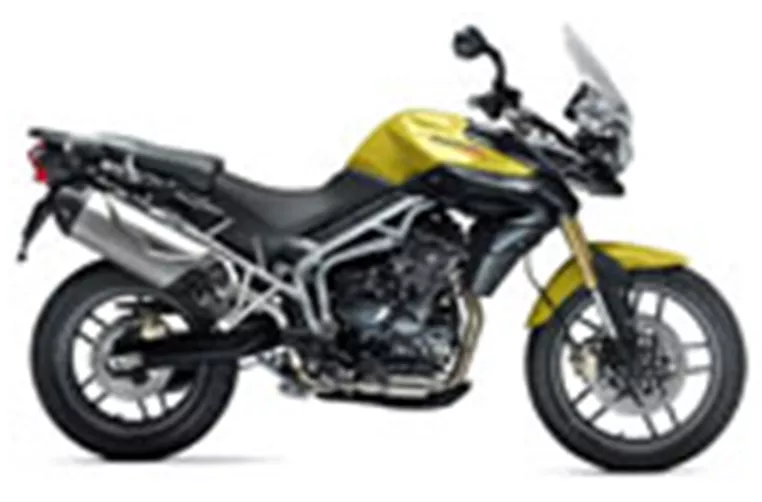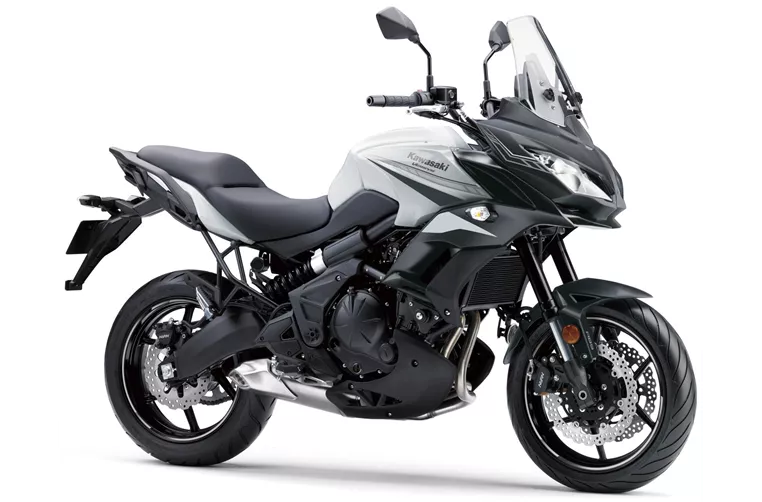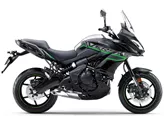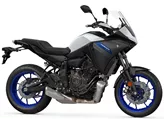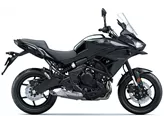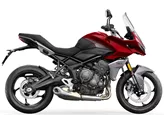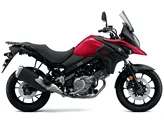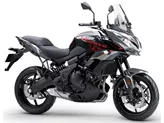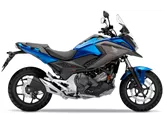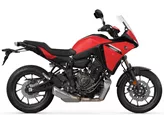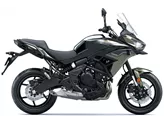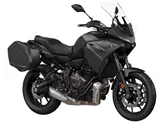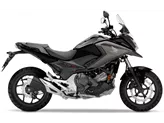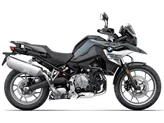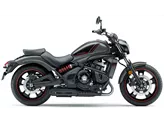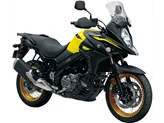Triumph Tiger 800 2011 vs. Kawasaki Versys 650 2020

Triumph Tiger 800 2011
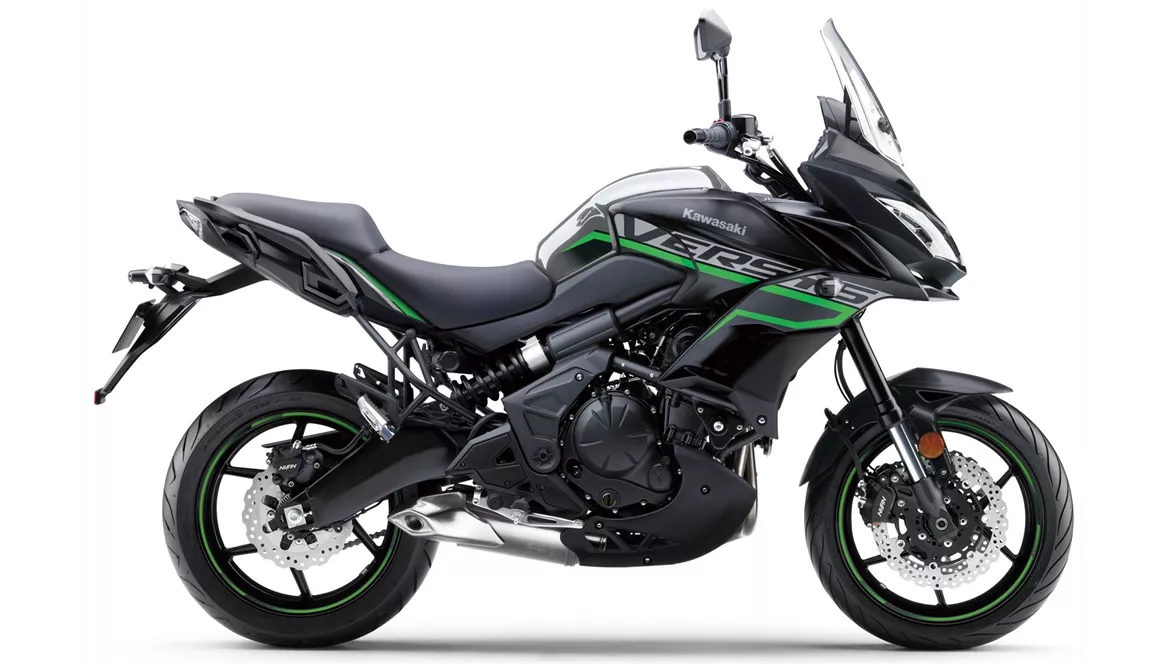
Kawasaki Versys 650 2020
Overview - Triumph Tiger 800 2011 vs Kawasaki Versys 650 2020
The Triumph Tiger 800 2011 and the Kawasaki Versys 650 2020 are both enduro motorcycles that offer a combination of on-road and off-road capabilities. While they share some similarities in terms of engine type, transmission, and suspension adjustments, there are also notable differences between the two models.
In terms of engine specifications, the Triumph Tiger 800 2011 is equipped with an in-line, 3-cylinder engine with a displacement of 799cc. It delivers a power output of 95 HP and a torque of 79 Nm. On the other hand, the Kawasaki Versys 650 2020 features an in-line, 2-cylinder engine with a displacement of 649cc. It produces a slightly lower power output of 69 HP and a torque of 64 Nm. While the Tiger 800 has a more powerful engine, the Versys 650 compensates with a larger fuel tank capacity of 21 liters compared to the Tiger's 19 liters.

Triumph Tiger 800 2011
When it comes to dimensions and weights, the Tiger 800 has a wheelbase of 1555mm and a seat height of 830mm, while the Versys 650 has a slightly shorter wheelbase of 1415mm and a slightly higher seat height of 840mm. The Tiger 800 also has a lower kerb weight of 210kg compared to the Versys 650's 214kg. Additionally, the Tiger 800 features a larger front tire diameter of 19 inches, while the Versys 650 has a smaller front tire diameter of 17 inches. Both motorcycles have a rear tire diameter of 17 inches, with the Versys 650 having a slightly wider rear tire width of 160mm compared to the Tiger 800's 150mm.
In terms of strengths, the Triumph Tiger 800 2011 offers a smooth ride with a homogeneous power development. It also has a loud sound, which can be appealing to some riders. Additionally, it is equipped with ABS, providing added safety during braking.
On the other hand, the Kawasaki Versys 650 2020 excels in travel comfort, thanks to its pleasant and comfortable chassis. It offers an easy-to-use riding experience and a seating position that is ready for touring. The Versys 650 also stands out for its agile and light-footed handling, making it a nimble option for various riding conditions.
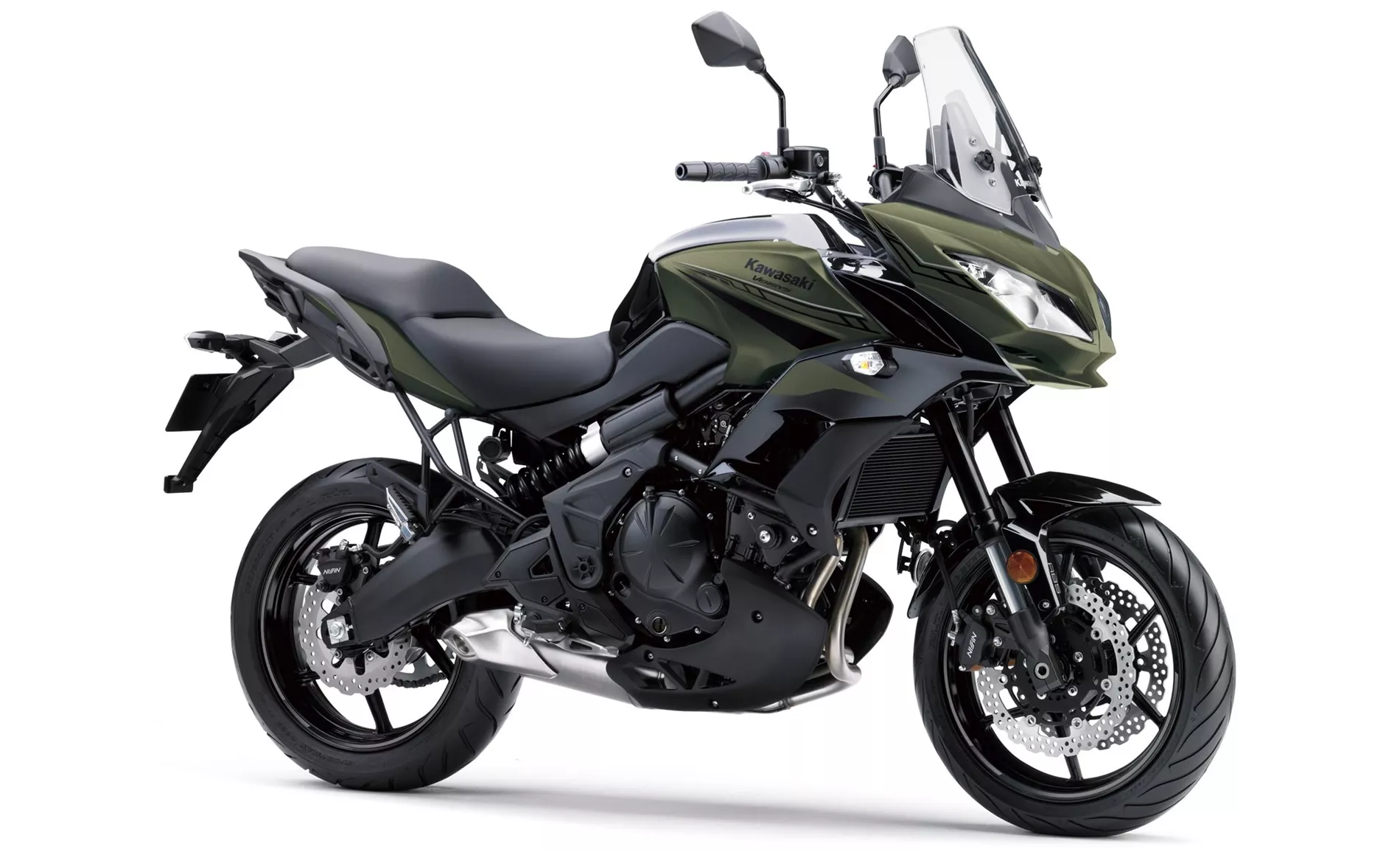
Kawasaki Versys 650 2020
However, both motorcycles have their weaknesses as well. The Triumph Tiger 800 2011 has a gearbox that can be somewhat stiff during lively gear changes, which may affect the overall riding experience. The Kawasaki Versys 650 2020, on the other hand, experiences vibrations in the footpegs, which can be uncomfortable for some riders. Additionally, the Versys 650's ABS cannot be deactivated, which may limit the control and customization options for riders. Lastly, the Versys 650 has a slightly higher weight compared to the Tiger 800, which may affect maneuverability in certain situations.
Overall, the Triumph Tiger 800 2011 and the Kawasaki Versys 650 2020 are both capable enduro motorcycles with their own strengths and weaknesses. The Tiger 800 offers a powerful engine and a smooth ride, while the Versys 650 provides great travel comfort and agile handling. Ultimately, the choice between the two models will depend on the rider's preferences and priorities.
Technical Specifications Triumph Tiger 800 2011 compared to Kawasaki Versys 650 2020
Pros and Cons in comparison
Pros and Cons in comparison
Triumph Tiger 800 2011
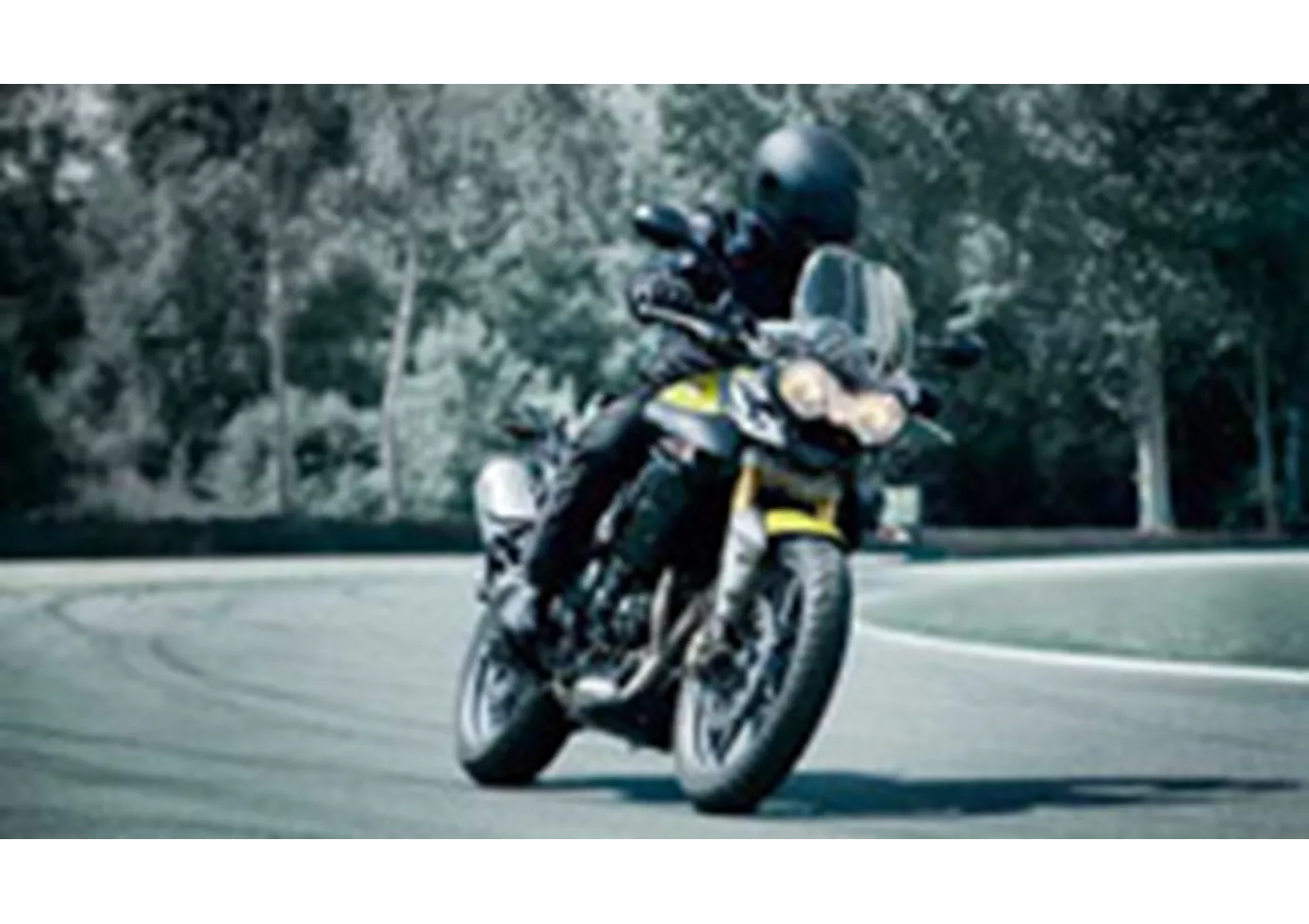
It seems Triumph has built a motorbike that has made the most pronounced trait in wildcats - suppleness - the overriding principle of its dynamics. The Tiger is elegant, controlled and deliberate in the use of its power.
Kawasaki Versys 650 2020
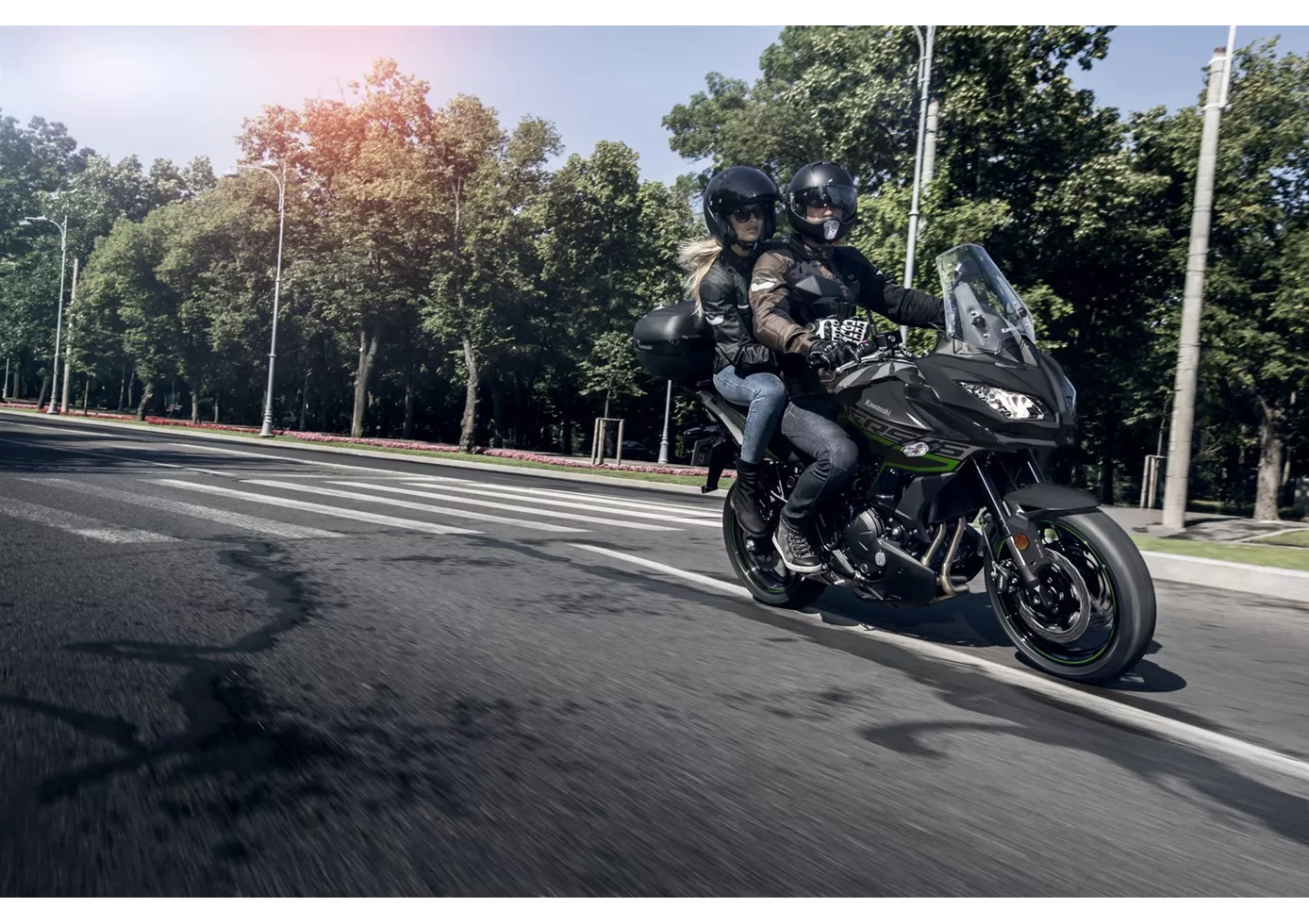
The 2019 model year Kawasaki Versys presented itself as a comfortable, stable yet lively touring machine. The motorbike is versatile and offers high utility value. It is a fully-fledged touring machine that is a pleasure to ride on extended tours. The bike offers a terrific price/performance ratio.
Price Comparison Avarage Market Price Triumph Tiger 800 vs Kawasaki Versys 650
There are a few key differences between a Triumph Tiger 800 2011 and a Kawasaki Versys 650 2020. In terms of price, the actual average price of a Triumph Tiger 800 2011 is about 4% higher. Compared to Kawasaki Versys 650 2020 there are less Triumph Tiger 800 2011 bikes available on the 1000PS.de Marketplace, specifically 7 compared to 11. It takes less time to sell a Triumph Tiger 800 with 46 days compared to 137 days for a Kawasaki Versys 650. Since model year 2011 1000PS.de editors have written 10 reviews for the Triumph Tiger 800 and 39 reviews for the Kawasaki Versys 650 since model year 2007. The first review for the Triumph Tiger 800 was published on 11/1/2010 and now has more than 8,200 views. This compares to more than 3,900 views for the first review on Kawasaki Versys 650 published on 7/25/2006.
